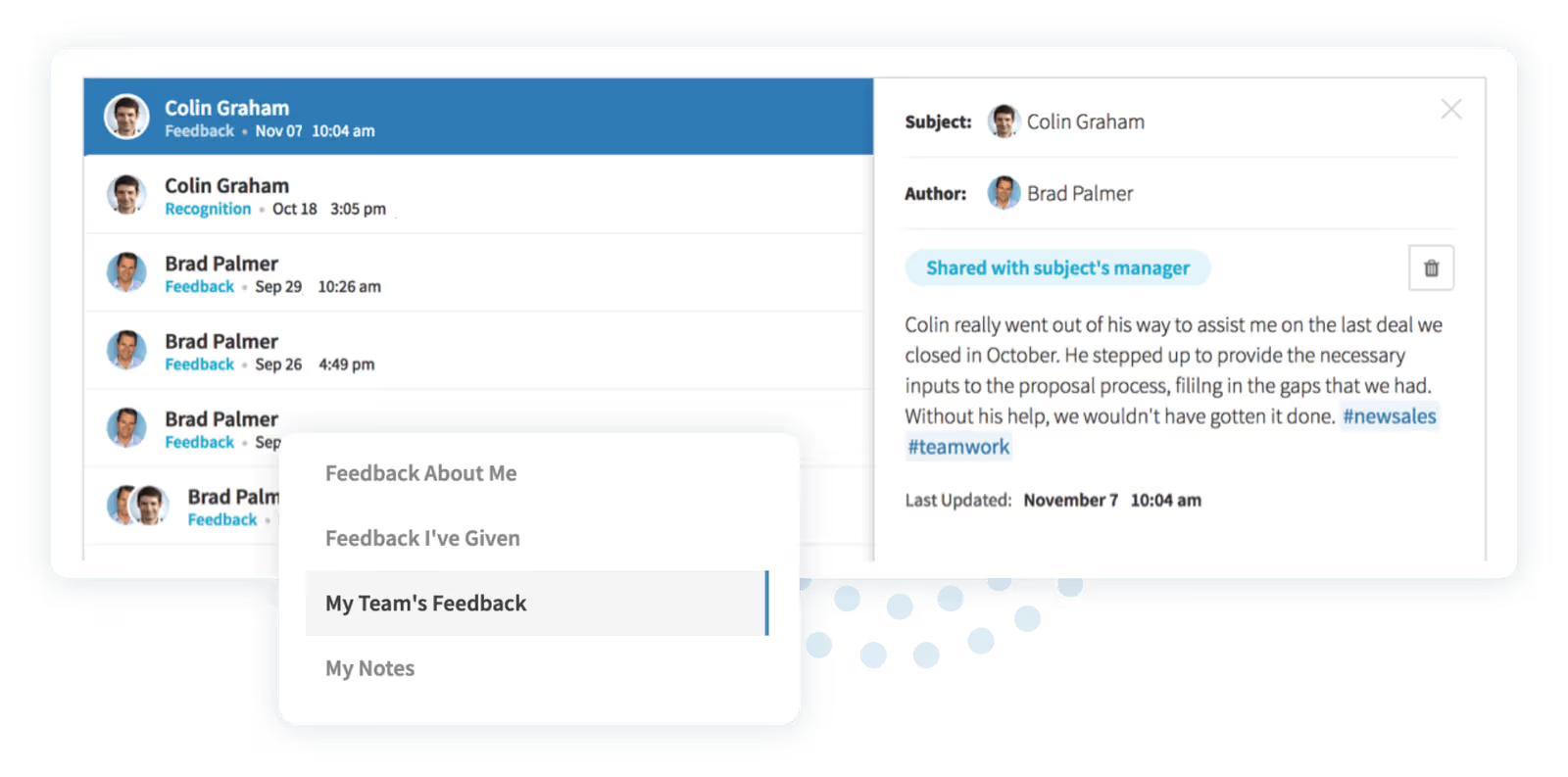Exploring the Accenture Performance Management Changes
Professional services giant Accenture had a relatable dilemma in 2014. The Accenture performance management process was broken. Accenture created the process to help employees achieve top performance. Instead, the process was slowing everybody down.
Then 2015 rolled around. It was then that Accenture overhauled its old methods for evaluating employee performance.
Here’s the story of how a large global organization transformed how it evaluates employee performance. HR folks can use this Accenture Performance Management case study as a reference for refreshing their own processes.
Accenture’s Old Performance Management Process
Accenture has 700,000+ employees, and offices in over 200+ cities and 49 countries. Before 2015, Accenture conducted annual performance reviews. Like many of its competitors, Accenture also determined and ranked employee performance with a bell curve.
The bell curve approach had flaws. Accenture only recognized a specific percentage as ‘top performers’ with high quantitative scores. The underperformers with low scores appeared at the tail ends of the distribution. The mean of the curve showed the average score of Accenture’s employees.
Accenture wanted to set the right objectives for its people. The company started with five main goals. Then the list grew to 15. It then expanded to 20, as then-CEO Pierre Nanterme told the Washington Post.
Measuring performance became complicated. The process created bureaucracy and was more of a hindrance than a help. The performance review process wasn’t motivational or evaluative. It was nothing more than a long list of metrics and objectives.
Why Accenture Needed a Change
Nanterme saw the consulting industry start to shift from ideas to outcomes. Clients expected more than a roadmap. They wanted a commitment to business results.
Accenture needed a new approach to be competitive and differentiate itself. Changing performance reviews to focus on outcomes was mission-critical.
There was also the issue of time. The management research firm CEB found that the average manager spends more than 200 hours per year on performance reviews. Managers spend time in training sessions, filling out forms, and delivering employee evaluations.
“Employees that do best in performance management systems tend to be the employees that are the most narcissistic and self-promoting,” said Brian Kropp, CEB’s practice leader. “Those aren’t necessarily the employees you need to be the best organization going forward.”
Accenture’s New Performance Management Process
In 2015, Nanterme announced plans for a “massive revolution” for about 90% of its internal operations. The focus shifted to evaluating each employee in their specific role. This would be different than using a distribution curve that measured an employee in Washington the same way they’d measure an employee in Asia.
Accenture also wanted to get away from the prior method of gauging employees’ contributions long after they happened. The company would now measure employees more often and provide more real-time feedback.

The company eliminated the bell curve approach and the annual review process. Managers started giving employees timely feedback on an ongoing basis. The company also implemented an internal app to help with relaying continuous feedback.
Accenture Removes the Annual Review
Accenture’s new way of evaluating employee management is more agile and immediate.
“Performance is an ongoing activity,” says Nanterme. “It’s every day, after any client interaction or business interaction, or corporate interaction. It’s much more fluid,”
Nanterme expands on this, “People want to know on an ongoing basis, am I doing right? Am I moving in the right direction? Do you think I’m progressing? Nobody’s going to wait for an annual cycle to get that feedback. It’s all about instant performance management.”.
What Can HR Pros Learn From Accenture Performance Management
Accenture restructured its performance review process to measure employees on an individual basis. If your organization appraises performance with a distribution curve, it’s time to sunset the process. The distribution curve is generalized and ineffective. It doesn’t give employees the information they need to achieve their potential.
Consider eliminating annual performance reviews as Accenture did. Immediate, ongoing feedback cycles will arm employees with the knowledge they need to succeed. They can adjust, maintain the status quo, highlight where they need support, or consider new approaches.
Accenture made the mistake of cramming too many metrics and goals into reviews. You should start with a few key objectives. Align with your employee on these goals and establish how you will measure them. Software like PerformYard helps you track goals and show up-to-date data.


